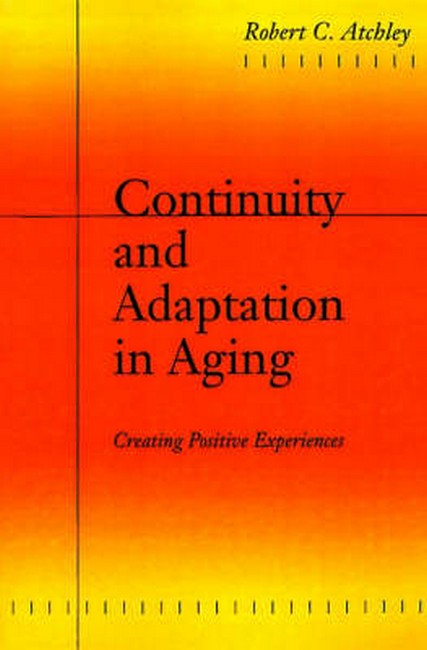Contents:
Preface
Acknowledgments
Continuity Theory
How Did Continuity Theory Arise?
Continuity Theory as Theory
Elements of Continuity Theory
Development versus Aging in Later Adulthood
Case Examples
Internal Continuity
Continuity of the Self
Self-Confidence
Emotional Resilience
Personal Goals
Beliefs about the Effects of Retirement
Summary
External Continuity
Living Arrangements, Household Composition,and Marital Status
Income Adequacy
Modes of Transportation
Patterns of Activity: Stability, Continuity, and Change over Time
How Activities Fit Together to Form
Lifestyles
Summary
Adaptive Capacity
Proactive Coping and Motivation for Continuity
How Did Respondents Cope?
Coping with Specific Changes: Retirement, Widowhood, and Functional Limitations
Functional Limitation and the Self
Patterns of Coping withFunctional Limitations
General Patterns of Adaptation
Factors Linked to Negative Outcomes in Later Life
Summary
Goals for Developmental Direction
Continuity of Personal Goals
Disposition toward Continuity
Spiritual Development
The Theory of Gerotranscendence
The Study of Goals for Developmental
Direction in Later Life
Conclusion
Assessing Continuity Theory
Evidence on the Assumptions and Propositions of Continuity Theory
Continuity Strategies Are Generally Effective
Methodological Issues Related to the Study of Continuity Theory
Future Research Using Continuity Theory Appendixes
A. Tables
B. The Ohio Longitudinal Study of Aging and Adaptation
C. The 1995 Study Questionnaire
D. Worksheets Used to Examine Longitudinal Patterns
References
Index
Request Academic Copy
Please copy the ISBN for submitting review copy form
Description
""Atchley's presentation of the material is well organized, and the book as a whole is written in a very accessible, sometimes even homespun style.""

